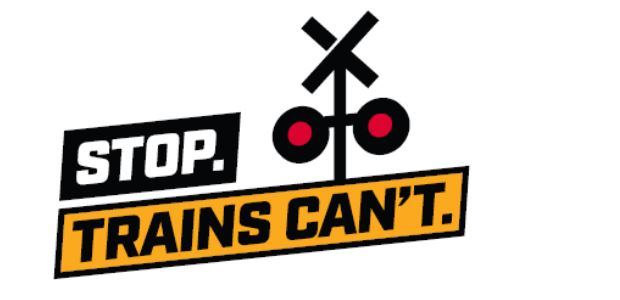
DOT Starts New Rail Crossing Warning Campaign
The $7 million digital, radio, and video campaign addresses young male motorists, and a supporting video shows a train slamming into an SUV.
DOT has begun an educational campaign named "Stop! Trains Can't" to help young male motorists make the right choices at railroad crossings by understanding the consequences of making bad choices. The National Highway Traffic Safety Administration and Federal Railroad Administration partnered on the $7 million digital, radio, and video campaign, which is supported by a video showing a train hitting an SUV.
Rail incidents have declined in the past decade, although railroad crossing fatalities spiked in 2014. Last year alone, 232 people died in railroad crossing accidents. Approximately every three hours, a person or vehicle is hit by a train in the United States.
"Too many people are still taking unnecessary risks and needlessly paying with their lives," said outgoing U.S. Transportation Secretary Anthony Foxx. "These deaths are preventable, and this ad campaign is a reminder for everyone that ignoring signage at railroad crossings or attempting to race or beat a train can have deadly consequences."
The campaign targets males ages 18 to 49 in states where the nation's 15 most dangerous crossings are located and the states that had 75 percent of the crossing accidents in 2015. The ad will run in California, Illinois, Texas, Louisiana, Indiana, Ohio, Florida, Georgia, Missouri, New York, North Carolina, South Carolina, Kentucky, Alabama, Pennsylvania, Tennessee, Mississippi, New Jersey, Arkansas, and Arizona.
"Your life is worth more than a few saved minutes, and trying to outrun a train isn't worth the risk," said NHTSA Administrator Dr. Mark Rosekind. "When a train is coming, the only choice is to stop. Trains can't."
For more information on the campaign, visit www.transportation.gov/stop-trains-cant.